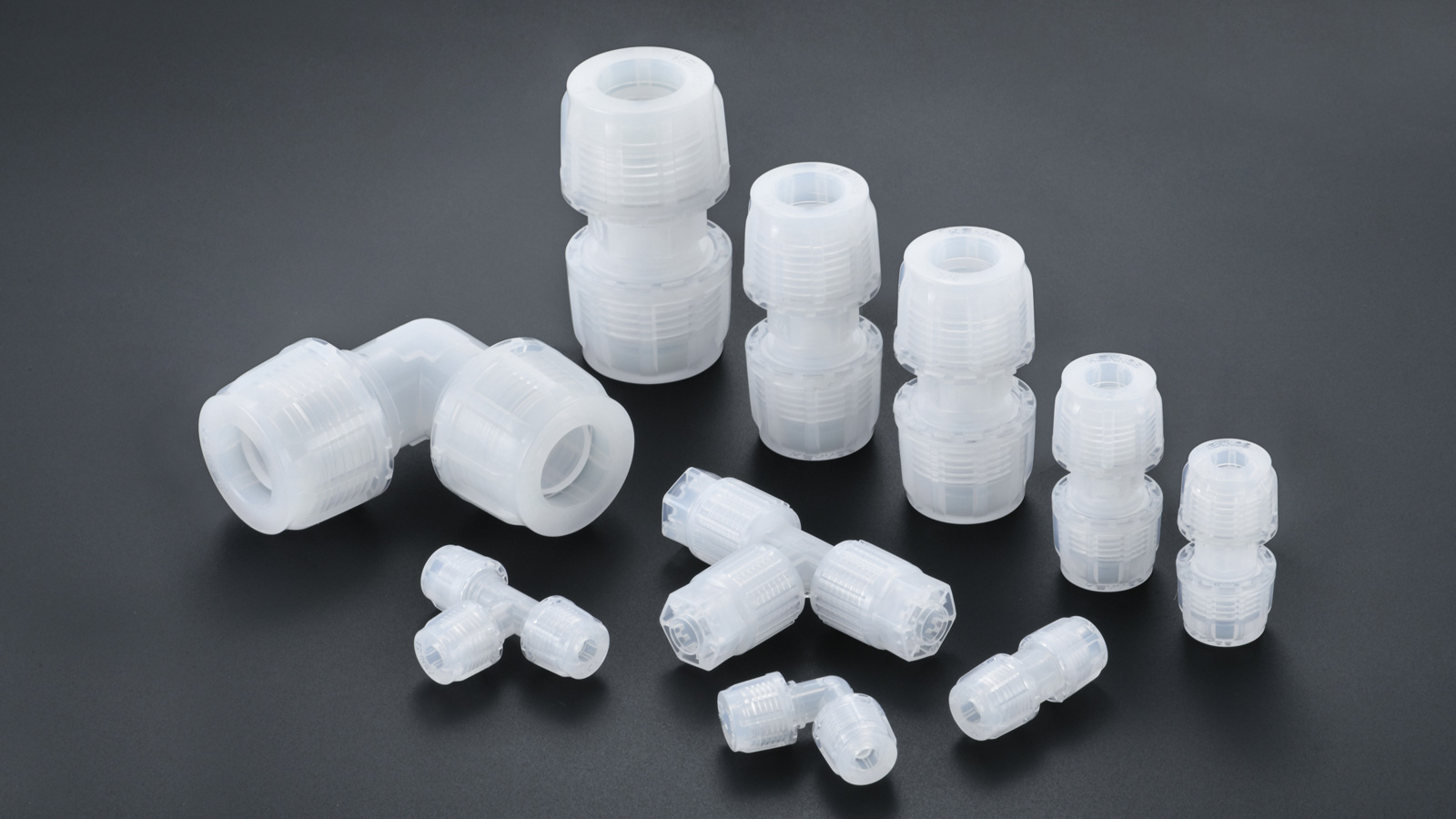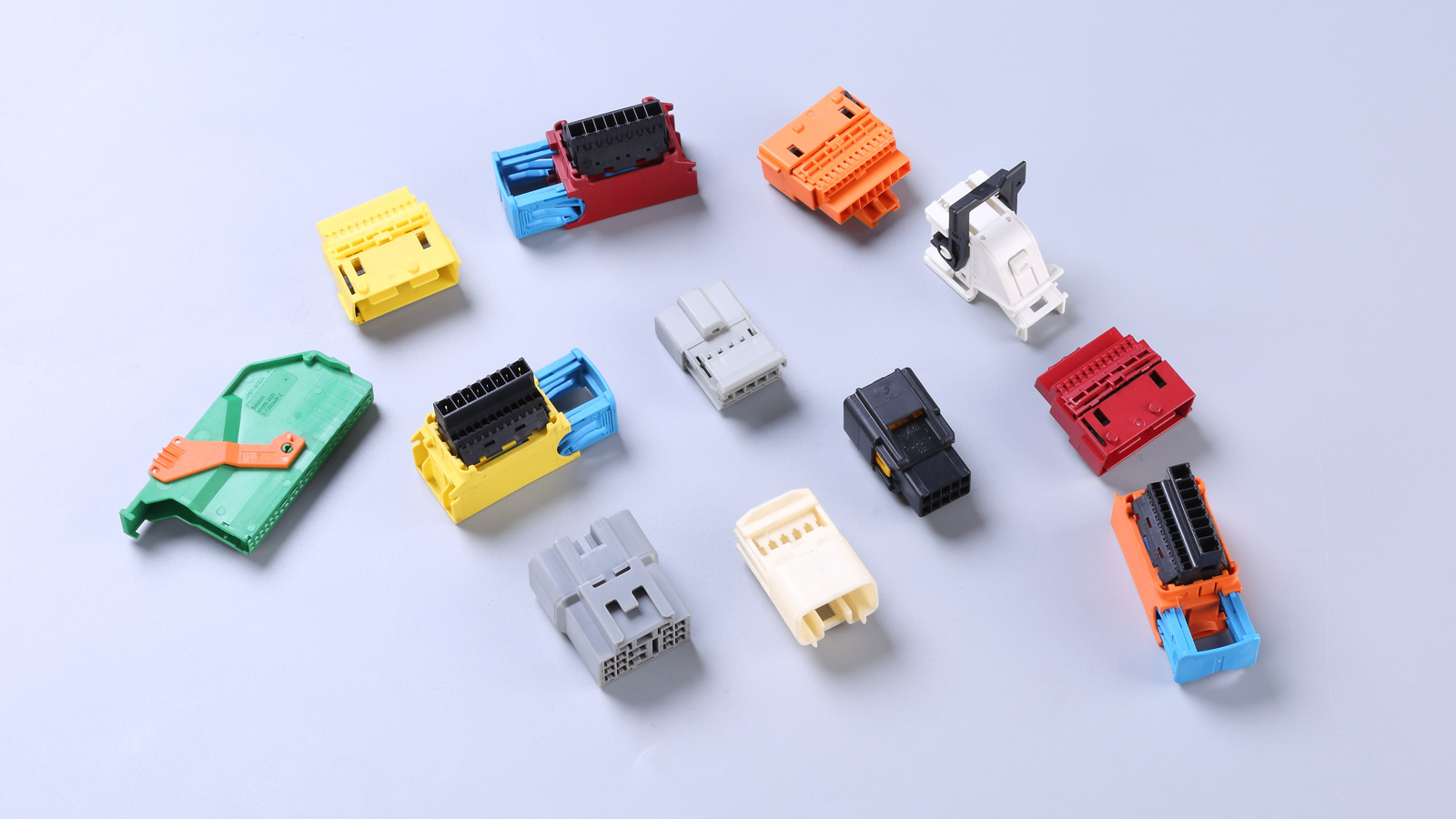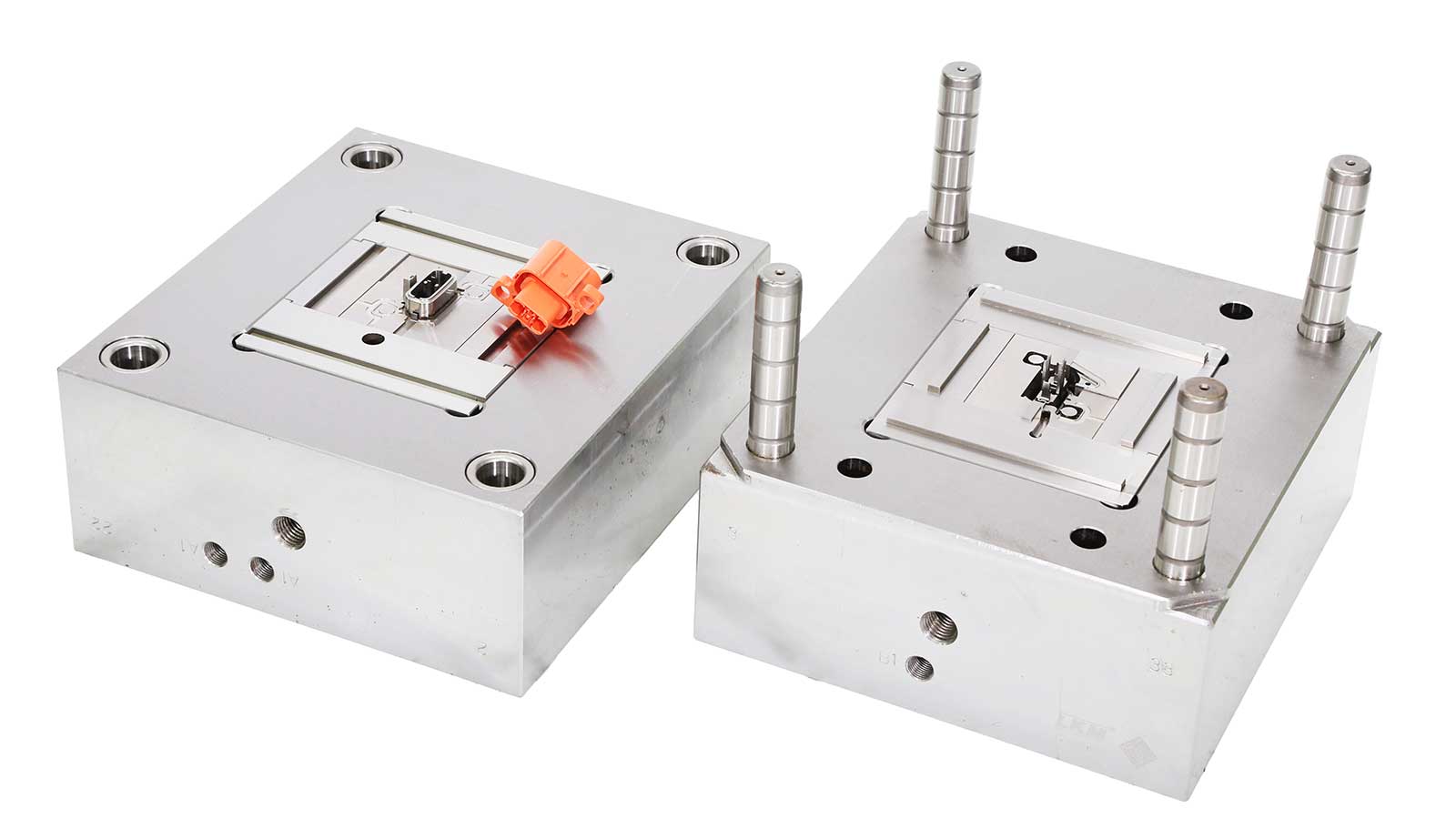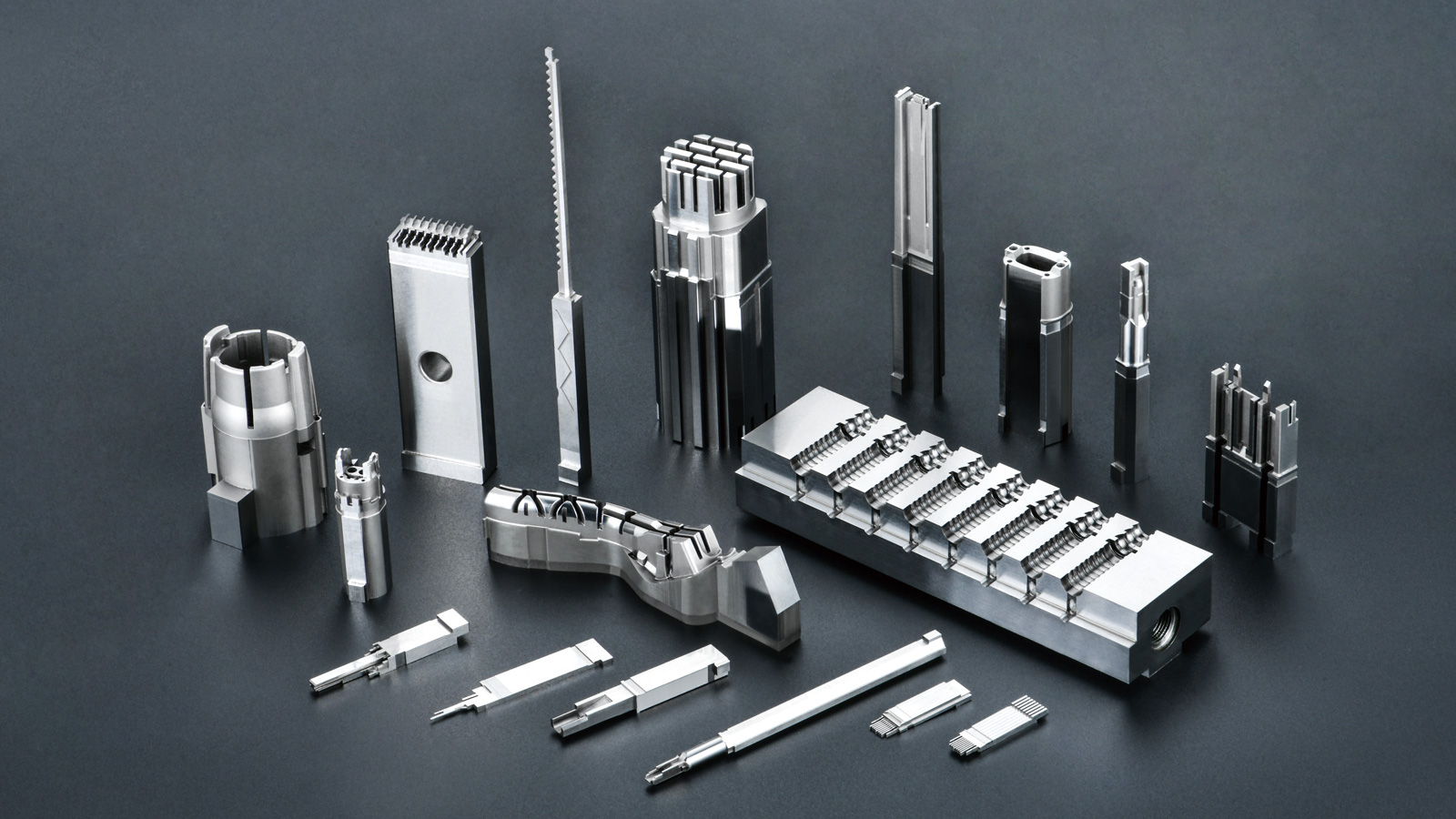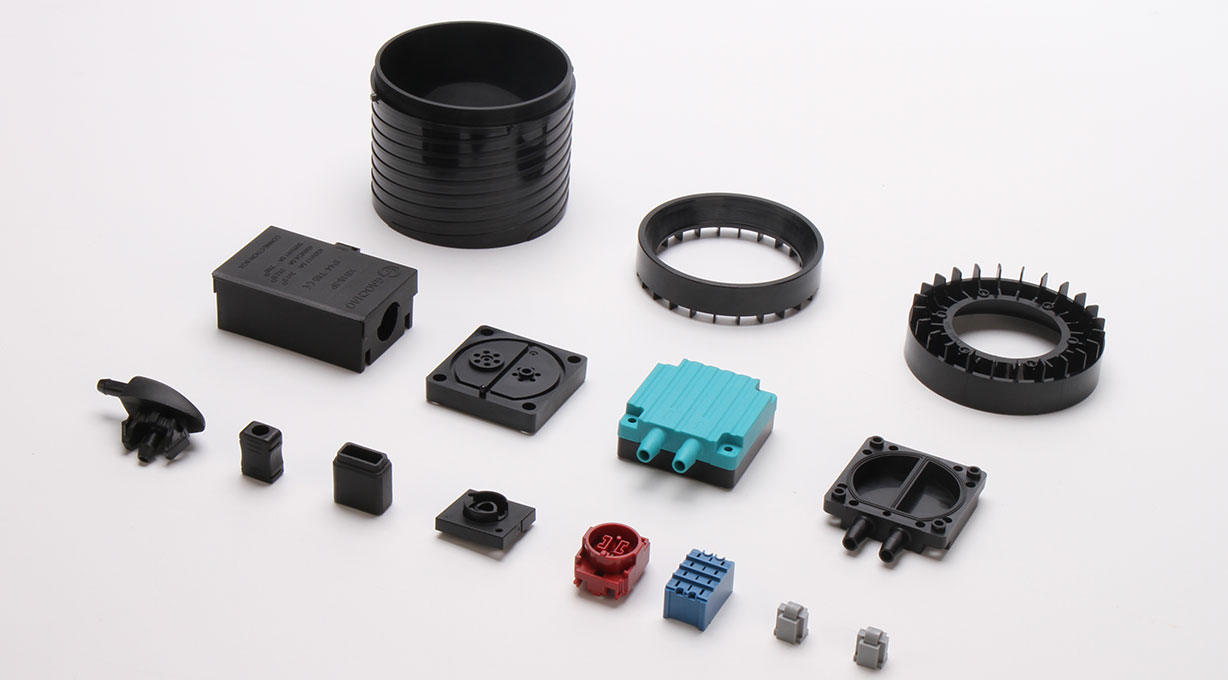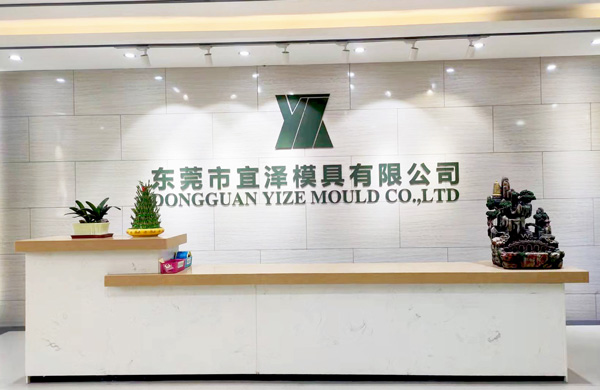In the actual molding process of plastic parts using injection molds, the shrinkage rate is a complex and variable parameter. Not only do different types of plastics exhibit significant differences in their shrinkage rates, but even the same type of plastic may show variations in shrinkage rate and anisotropy due to differences in relative molecular mass, fillers, and ratios. So, what factors are influencing the changes in the shrinkage rate of plastic parts? This article delves into this topic from four aspects: plastic type, part structure, injection mold structure, and injection molding process conditions.
-
Influence of Plastic Type
Each type of plastic has its unique range of shrinkage rates, determined by the physical and chemical properties of the plastic itself. However, even for the same type of plastic, differences in relative molecular mass, fillers, and ratios can lead to significant variations in shrinkage rate and anisotropy. Therefore, when selecting a plastic, its shrinkage rate characteristics must be fully considered to ensure the dimensional accuracy and stability of the plastic part.
-
Influence of Part Structure
The shape, size, wall thickness, presence of inserts, and the number and layout of inserts in a plastic part all have a significant impact on the shrinkage rate. Generally, the thicker the wall of the plastic part, the greater the shrinkage rate; complex-shaped parts often have a smaller shrinkage rate compared to simple-shaped parts. Furthermore, the presence of inserts can hinder the shrinkage of the plastic and reduce the shrinkage rate due to the chilling effect. Therefore, when designing the structure of a plastic part, these factors must be fully considered for their impact on the shrinkage rate.
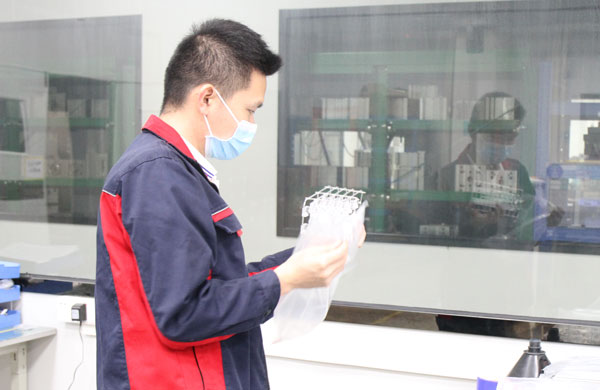
-
Influence of Injection Mold Structure
The parting line, pressing direction, and the structural form, layout, and dimensions of the gating system in an injection mold all directly affect the direction of material flow, density distribution, packing and feeding effect, and molding time, thereby having a significant impact on the shrinkage rate and directionality. Therefore, when designing an injection mold, these factors must be carefully considered to ensure that the plastic part can shrink uniformly and achieve the expected dimensions and shape.
-
Influence of Injection Molding Process Conditions
The mold temperature, injection pressure, packing time, and other molding conditions of an injection mold also have a significant impact on the shrinkage rate of plastic parts. A higher mold temperature results in slower cooling of the melt, higher density, and increased shrinkage; especially for crystalline plastics, which undergo significant volume changes and therefore have even greater shrinkage. At the same time, the uniformity of the mold temperature distribution directly affects the magnitude and directionality of the shrinkage in different parts of the plastic part. A higher injection pressure reduces the viscosity difference of the melt and increases the elastic recovery after demolding, thereby reducing the shrinkage rate. A longer packing time also helps to reduce the shrinkage rate.
In summary, the shrinkage rate is not a fixed value but fluctuates within a certain range. Changes in the shrinkage rate will directly affect the dimensions of the plastic part. Therefore, when designing an injection mold, various factors such as the shrinkage range of the plastic, the wall thickness and shape of the part, the type, size, and position of the gate must be comprehensively considered to determine the shrinkage rate of each part of the plastic part. For high-precision plastic parts, plastics with a small fluctuation range in shrinkage rate should be selected, and room for mold modification should be left. The injection mold should be gradually revised after trial molding to ensure that the plastic part meets the expected dimensions and precision requirements.

